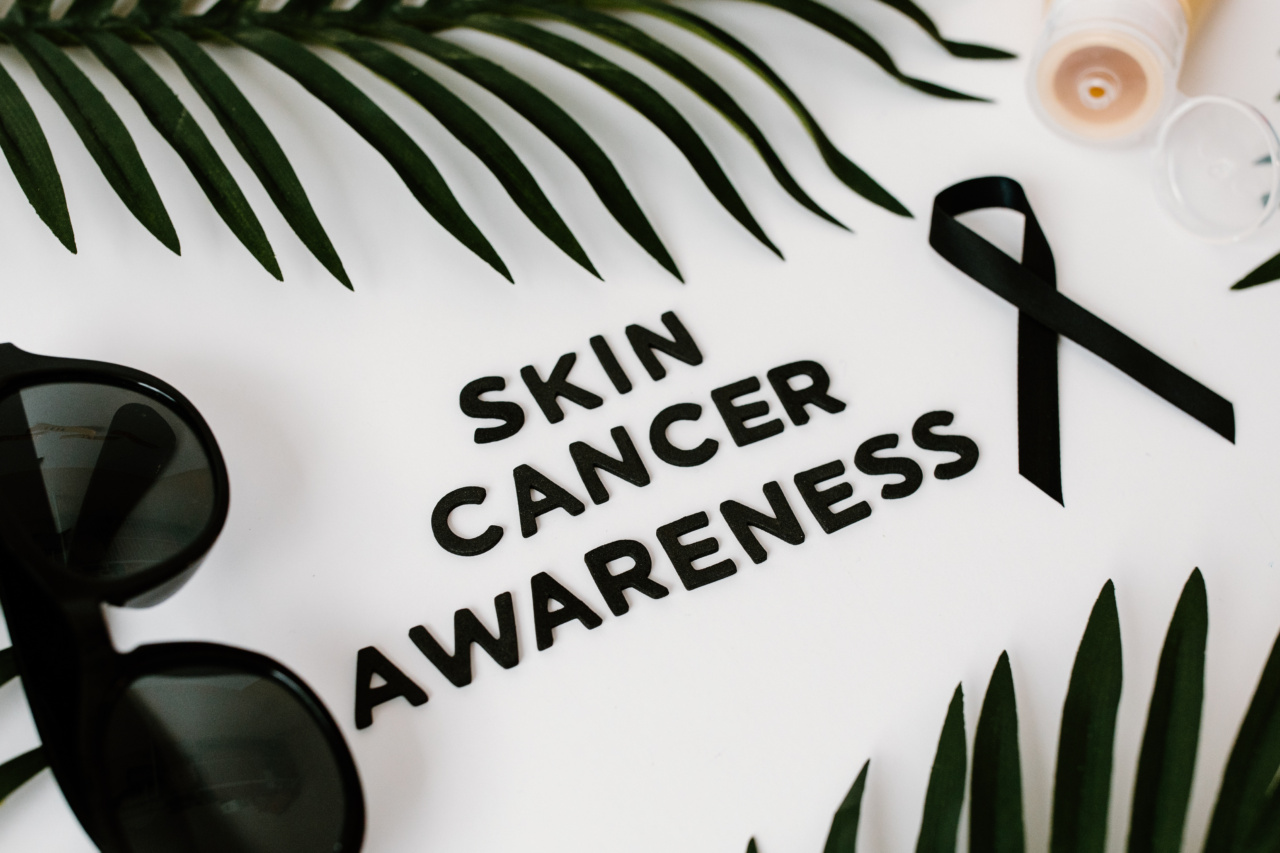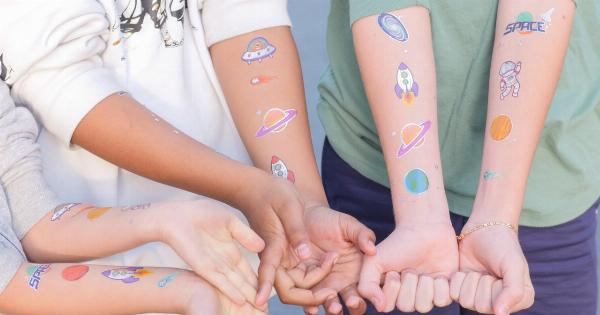Sunscreen is one of the most important factors when it comes to protecting your skin from UV radiation and the development of skin cancer.
However, new research has shown that there may be an even better way to protect yourself from the harmful effects of the sun. Scientists have discovered a new gene that has the potential to improve skin cancer therapies.
What is the New Sunscreen Gene?
The new sunscreen gene has been named “UV radiation resistance associated” or UVRAG. It was discovered by a team of researchers from the University of Sao Paulo in Brazil.
The scientists found that UVRAG plays a key role in protecting cells from damage caused by UV radiation.
To test the effects of the UVRAG gene, the researchers conducted experiments on human skin cells. They found that when the UVRAG gene was active, the cells were more resistant to UV radiation.
This means that they were less likely to be damaged by the sun’s harmful rays.
It is important to note that UVRAG is not a replacement for sunscreen. Sunscreen is still necessary to protect your skin from the sun’s harmful UV rays.
However, the discovery of the UVRAG gene could lead to the development of new therapies for skin cancer.
How Does the UVRAG Gene Improve Skin Cancer Therapies?
Currently, skin cancer therapies involve the use of chemotherapy or radiation therapy. These treatments can have negative side effects and may not be effective for all patients.
However, the discovery of the UVRAG gene may lead to new therapies that are more effective and have fewer side effects.
The UVRAG gene is a tumor suppressor gene, which means that it helps to prevent the development of cancer. When the UVRAG gene is inactive, there is an increased risk of cancer development.
By activating the UVRAG gene, researchers believe that they can help to prevent the development of skin cancer.
In addition to its tumor suppressor abilities, the UVRAG gene is also involved in the process of autophagy. Autophagy is a cellular process that involves the breakdown and recycling of damaged cellular components.
This process helps to prevent the buildup of damaged cellular components that can lead to cancer development.
Based on the research, it is believed that the UVRAG gene could potentially be used in combination with chemotherapy or radiation therapy to improve their effectiveness.
This could lead to more successful treatments for skin cancer, with fewer negative side effects.
What are the Implications of the Discovery?
The discovery of the UVRAG gene has significant implications for skin cancer research and treatment. Skin cancer is one of the most common forms of cancer, with over 5 million cases diagnosed each year in the United States alone.
It is estimated that one in five Americans will develop skin cancer in their lifetime.
The discovery of the UVRAG gene has the potential to improve the effectiveness of current skin cancer therapies. It could also lead to the development of new therapies that are more effective and have fewer negative side effects.
Overall, the discovery of the UVRAG gene is a significant step forward in the fight against skin cancer.
What Can You Do to Protect Yourself from Skin Cancer?
While the discovery of the UVRAG gene is promising, it is important to remember that prevention is still the best defense against skin cancer. Here are some steps that you can take to protect yourself from the harmful effects of the sun:.
Wear Sunscreen
Wearing sunscreen is one of the most important things that you can do to protect your skin from UV radiation. Make sure to use a broad-spectrum sunscreen with an SPF of 30 or higher.
Apply it liberally and reapply every two hours or after swimming or sweating.
Avoid the Sun During Peak Hours
The sun’s rays are strongest between 10 am and 4 pm. Try to stay indoors during these peak hours or seek shade when you are outside.
Wear Protective Clothing
Wearing long-sleeved shirts and pants can help to protect your skin from the sun’s harmful rays. You can also wear hats and sunglasses to protect your face and eyes.
Avoid Tanning Beds
Tanning beds expose your skin to harmful UV radiation, which can increase your risk of skin cancer. It is best to avoid them altogether.
Conclusion
The discovery of the UVRAG gene has the potential to improve the effectiveness of skin cancer therapies. While more research is needed, this discovery is a significant step forward in the fight against skin cancer.
In the meantime, it is important to take steps to protect yourself from the sun’s harmful UV rays.




























